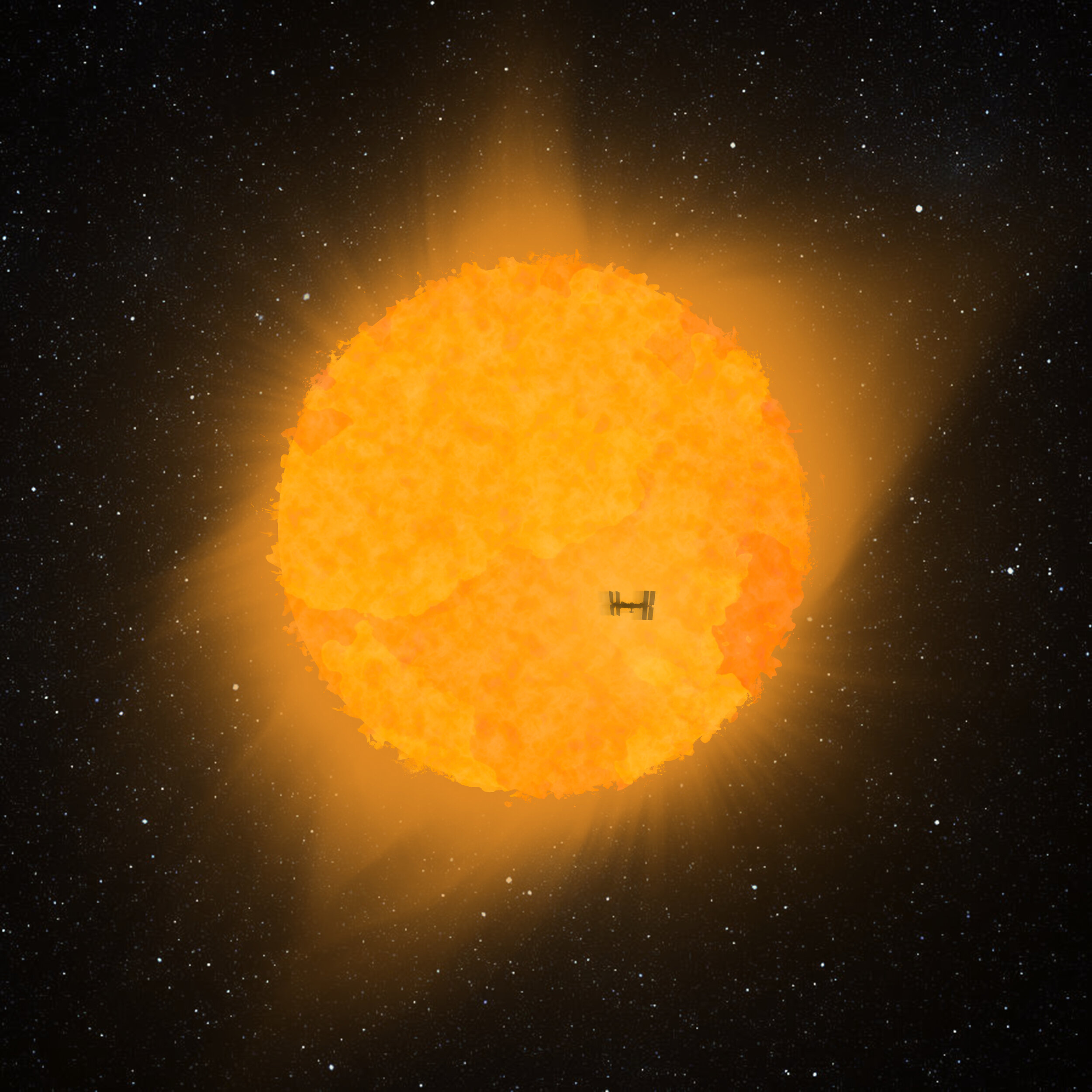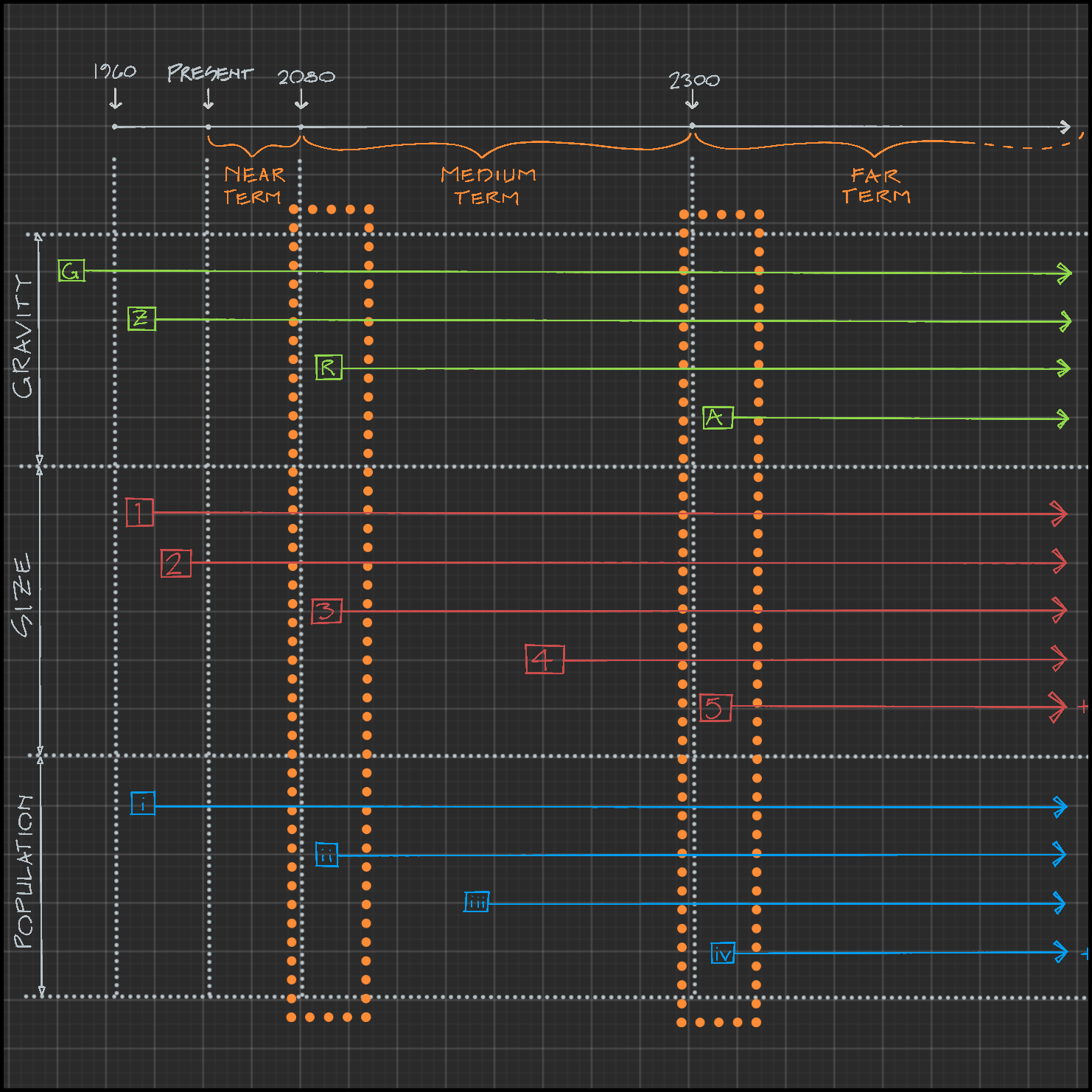
Morphology of Polyhedral Space Habitat Modules
The form and function of semi-permanent space habitats has not much changed in the past fifty years. Large space habitat projects remain logistically daunting and unpalatably expensive, especially for a questionable return on investment.
This paper explores the particularities of various polyhedrons for use in a new kind of space habitat typology. The goals of exploring polyhedral modules are to mitigate many of the hitherto unrecognized drawbacks and limitations of the extant cylindrical habitat typology, implement a flexible system for creating large-volume habitats, and provide a relatively low-risk testbed for large habitat construction in orbit. As noted in this paper, the rhombic dodecahedron stands out as a superior shape in comparison to other comparable shapes when structure, economy, and other geometric considerations are taken together in aggregate.

Modularity, Flexibility, Interchangeability
On the cutting edge of technology and exploration, there are no certainties. All the planning and simulations cannot safeguard against uncertainty. Anomalies and unforeseen circumstances have the potential to throw a wrench into even the most well-planned mission. It is for this reason that the degree to which a habitat can adapt to the needs of the users and the mission becomes valuable unto itself. This adaptation takes many forms, but I’ll focus on those of modularity, flexibility, and interchangeability.

Codification & Future Time Periods
Whether it be the size, population, technology, or any other aspect, the combination of these factors determines in some way the future time period that the design’s construction may be plausible. I have applied these factors to a timeline showing where they might have a chance of appearing in our future. I have broken this timeline into three periods that I view as categorically different from one another. I have chosen to name these time periods the Near Term, the Medium Term, and the Far Term.

Welcome to Space
Designs, sketches, papers, and theory for space architecture, space habitats, space stations, and more.
